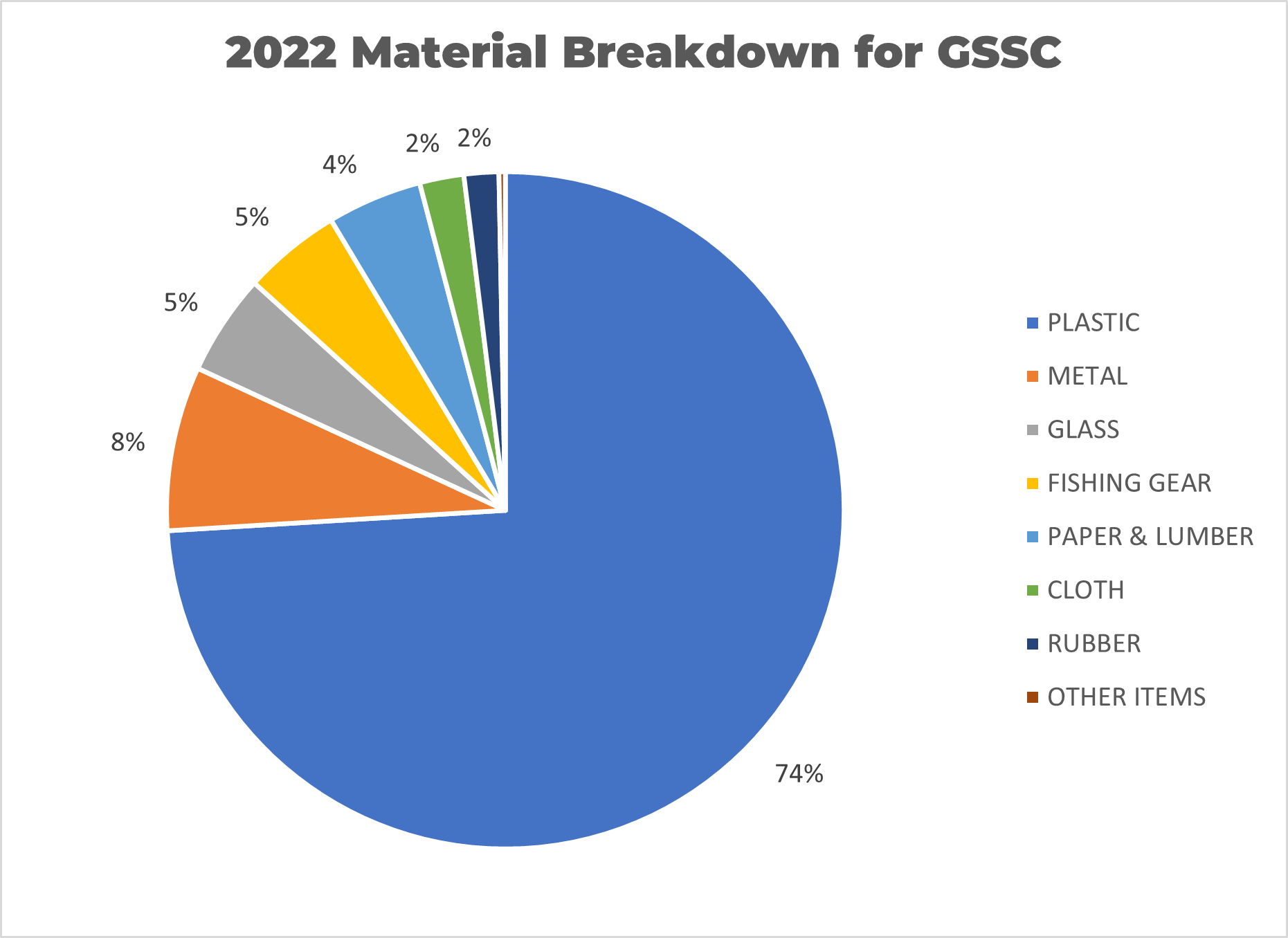
CITIZEN SCIENCE
Drayton Harbor HABs Hunters
Since July 2020, a small group of volunteers has been sampling in Drayton Harbor to monitor for harmful algal blooms, or HABs. They have been collecting plankton net tows and whole water samples, while recording temperature, salinity, and other field data. They monitor the presence and abundance of harmful phytoplankton species that can lead to shellfish toxicity or fish kills, specifically Pseudo-nitzschia spp., Alexandrium spp., Dinophysis spp., and Heterosigma spp. Additionally, they conduct both semi-quantitative and quantitative microscopic counts of other phytoplankton to gain insights into population dynamics.
What are Harmful Algal Blooms?
Photo: Toxic blue-green algal bloom (cyanobacteria) courtesy of WA Department of Ecology
Algae are composed of small organisms that can photosynthesize, and colonies will often grow on the surface of water bodies. Prolonged seasons of sunshine, reduced ocean mixing, and nutrient runoff from fertilizer can create optimum habitats for algal cell growth. When algae rapidly reproduce, they often deplete the oxygen in the water, and some species create large concentrations of natural biotoxins.
Large concentrations of biotoxins can hurt people, fish, shellfish, marine mammals, and birds. When we eat shellfish that have consumed these biotoxins, it can cause Paralytic Shellfish Poisoning (PSP). Other HAB-originated human illnesses can also be debilitating and potentially fatal.
Not all algal blooms are harmful or toxic. Use the links below to learn more.
Further Resources
Crab Team
These volunteers are out at Semiahmoo light trapping baby crabs (megalopae and instars) to help forecast the condition of crab populations and the condition of the ecosystem. Check out the results of studies from the summer of 2023 below!
Marine Debris Tracking
We’re helping NOAA track marine debris around the Salish Sea and you can help! The Marine Debris Tracker app is used to catalog the type of debris collected, how much, and the location. We started using this wonderful tool in 2022 and have access to the data that is collected under our project. See our 2022 results below!
Anyone can download and track litter they pick up anywhere; these means you don’t have to be at the beach to pick up litter! Litter upland can wash into waterways which lead directly to the sea, so picking up litter is beneficial where ever you are.
Learn how to use the app.






